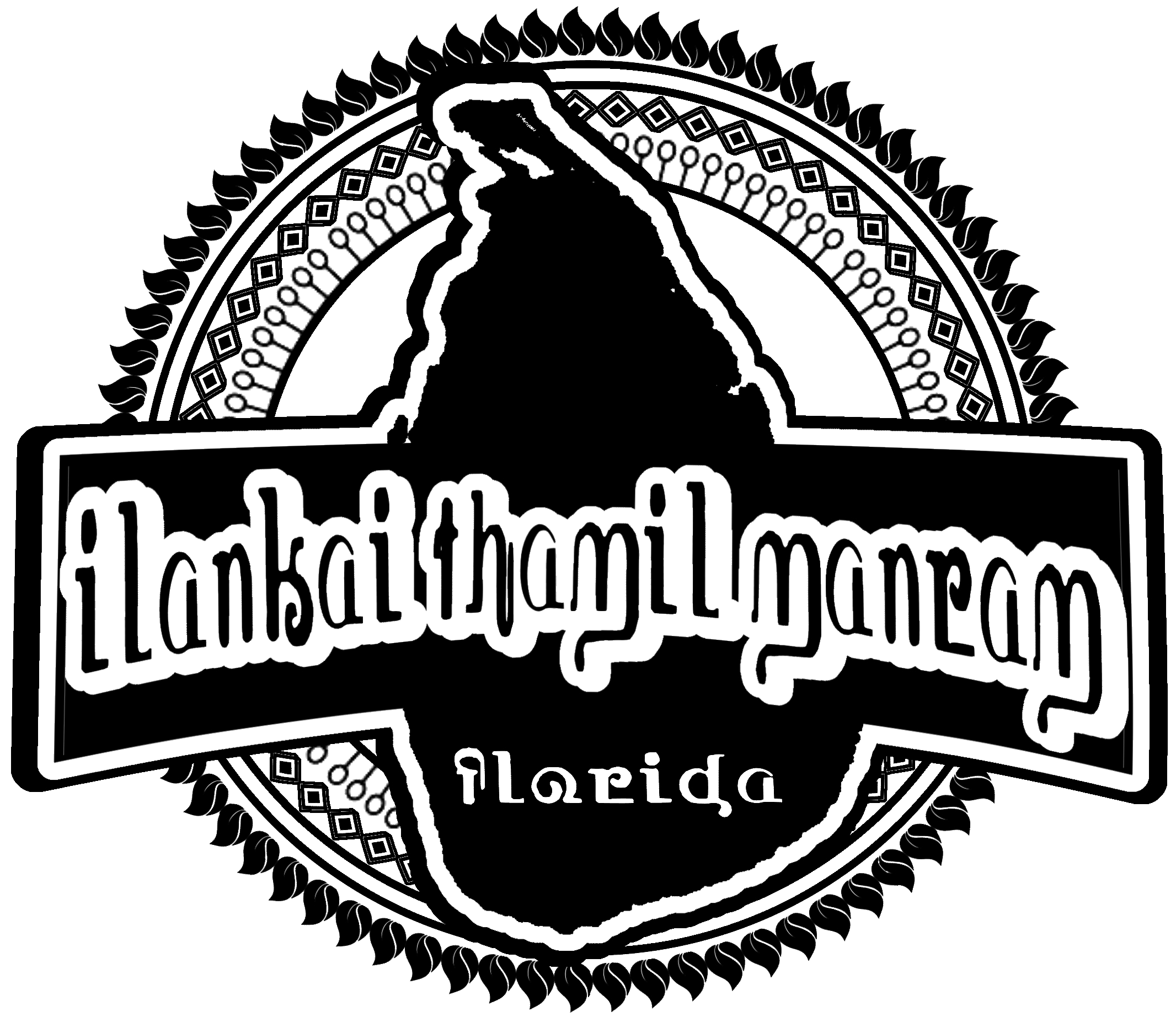
Although Sri Lankan tea, also known as Ceylon tea, has gained a worldwide reputation and foothold, its actual development and rise occurred fairly recently in the history of tea.
The origins of tea itself as a drink can be traced back almost five millennia, to about 2700 BCE. While there are myths as to how tea first came into use, it is accepted that its historical roots lie in ancient China, where it was most likely initially used for medicinal purposes. Through trade and colonialism, the drinking of tea spread throughout the world, and the demand for different varieties of teas increased.
The tea plant was not actually introduced to Sri Lanka until 1824, when a tea plant was transplanted from China to the Royal Botanical Gardens in Peradeniya, Ceylon, for study and experimentation. For decades there was no interest in commercially producing tea within the island. Rather, it was another plant which was more popular.
The story of the success of Sri Lankan tea, also known as Ceylon tea due to the British colonial name for the island, actually begins with coffee. Between 1830 and 1860, the British nurtured the coffee production industry in Ceylon to become one of the largest producers in the world. However, in 1869, the entire coffee industry in Ceylon was beset by the blight of coffee leaf rust, a fungal disease that destroyed most coffee plantations in Asia.
A few years prior to the onset of the blight, James Taylor, a Scottish manager of one of the coffee estates in Kandy, had managed to obtain tea plant seeds from Peradeniya and began growing them around the plantation. When the blight hit, he managed to expand his area of tea plant growth, and eventually established a tea factory on the estate. He was so successful in propagating the use of tea plants in Ceylon, he is known as the “Father of Ceylon Tea.”
By 1883, the first Colombo Tea Auction was held, and the auction is now recognized as the oldest and largest tea auction in the world. In the following ten years, nearly all coffee plantations on the island were replaced with tea. Over the decades, the proliferation of Ceylon tea increased, and about twenty years after independence, in 1965, Sri Lanka claimed the title of the world’s largest tea exporter. Even as recently as 2019, Sri Lanka still held the rank of the fourth largest tea exporter in the world, after China, Kenya, and India.
The climate and soil conditions in which Sri Lankan tea is grown are said to give it a unique flavor and aroma, which make it desired all over the world. Some Sri Lankans claim it is the water itself that has magical properties, which leads to exceptional tea both when grown and brewed.
